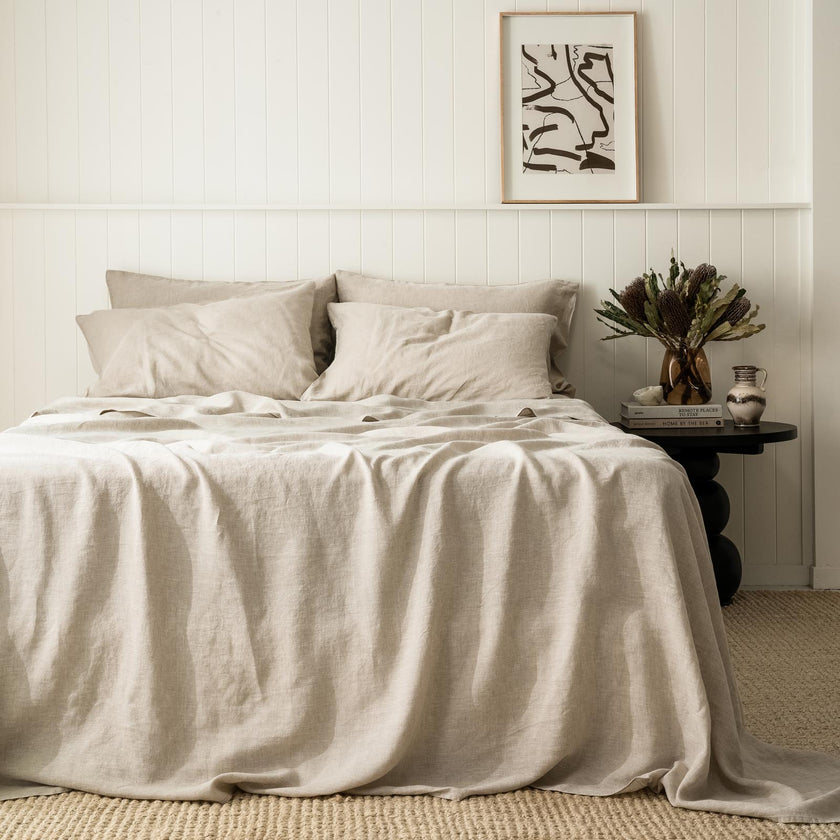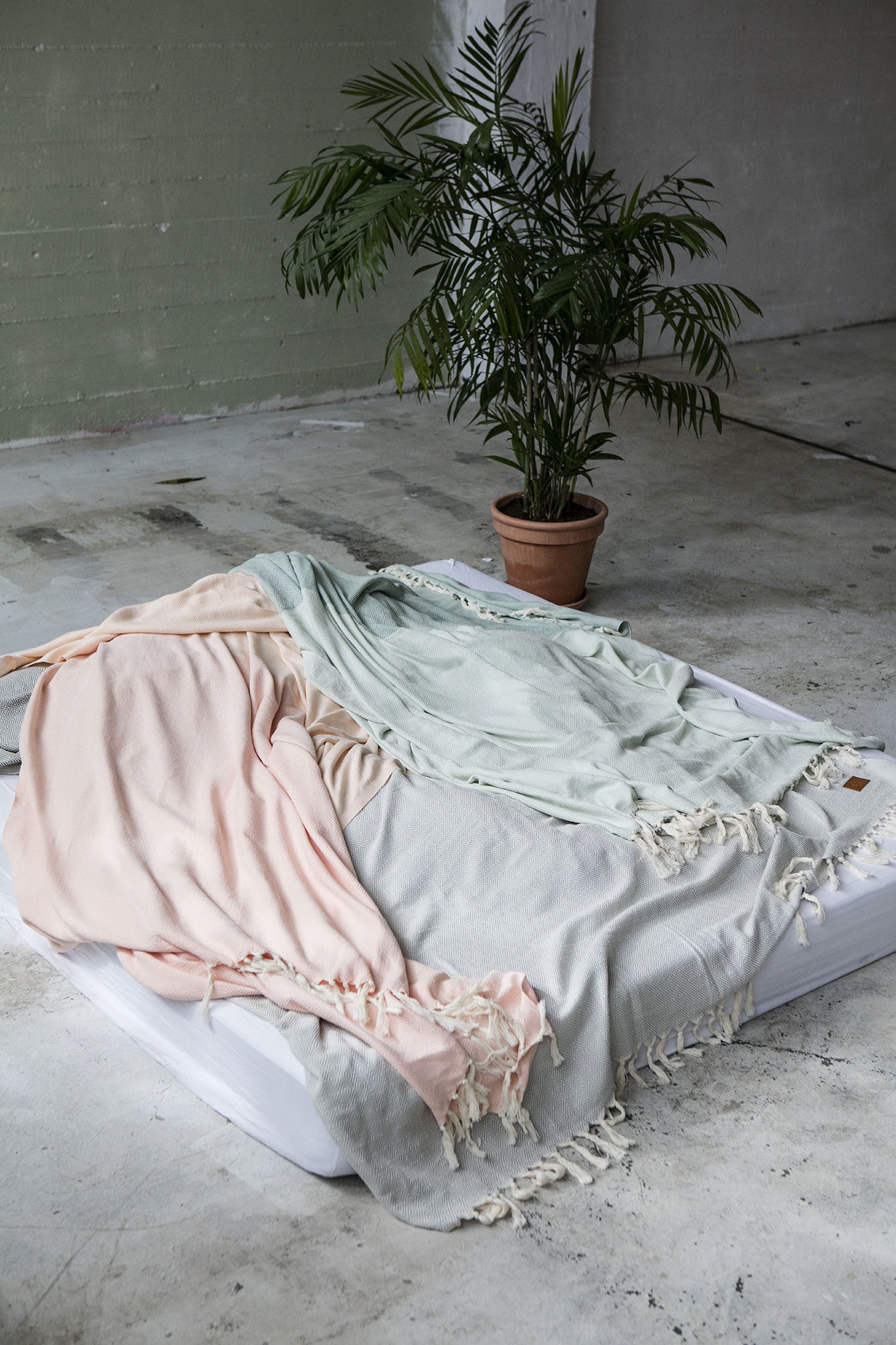The Ultimate Overview to Picking the Perfect Bed Cover for Your Home
Selecting the ideal bed covering for your home is a nuanced procedure that calls for cautious consideration of numerous key factors, including product, style, upkeep, and dimension. The appropriate textile can boost convenience and durability, while the proper layout complements your home's aesthetic. In addition, making sure an appropriate fit can considerably impact the overall look of your bed linens. However, understanding just how these components adjoin is essential to making an educated selection. As we explore these dimensions additionally, you may find that the best bed cover is not simply a decorative thing, yet a crucial element of your space.
Sorts Of Bedspreads

To start with, typical bedspreads are characterized by their all-inclusive style, commonly covering the whole bed, including the pillows. These are cushioned or usually quilted, giving warmth and a classic appearance. On the other hand, coverlets are lighter and usually utilized in warmer climates, featuring an extra customized appearance that drops simply to the sides of the mattress.
For a more informal vibe, bed linen are popular choices. They encase a comforter and can be quickly gotten rid of for cleaning, permitting convenience stylishly. Likewise, comforters are thicker and usually full of synthetic fibers or down, making them an excellent selection for colder months.
Finally, throws or bed coverings use an attractive aspect while offering extra heat. They can be curtained over the bed or utilized independently for a cozy touch. By considering these types, you can much better straighten your choice with your aesthetic preferences and useful needs, inevitably boosting your bed room's atmosphere.
Material Considerations
Picking the appropriate material for your bed covering plays a significant function in both convenience and resilience. The product you pick can impact not only the aesthetic of your bed room yet also just how well the bed cover does over time. Common materials for bedspreads consist of cotton, polyester, linen, and silk, each offering distinctive benefits.
Cotton is a prominent choice as a result of its breathability, gentleness, and simplicity of treatment. It is hypoallergenic, making it an exceptional option for those with sensitivities - table cloths. Polyester, on the various other hand, is sturdy and resistant to wrinkles and fading, supplying a low-maintenance option
Bed linen, understood for its all-natural texture and breathability, uses an elegant feeling yet may call for even more cautious upkeep to avoid wrinkling. Silk bed coverings, while soft and classy, can be less durable and frequently call for completely dry cleansing, making them suited for more formal setups.

Design and Style Options
A large variety of design and style choices is readily available for bedspreads, allowing homeowners to express their personal aesthetic while improving the overall atmosphere of the bed room. From timeless quilts to contemporary coverlets, bedspreads can be found in different styles that provide to varied preferences and preferences.
Conventional styles commonly include detailed patterns and abundant structures, making them ideal for vintage or rustic-themed insides. On the other hand, modern bed covers often tend to embrace minimalism with strong colors and tidy lines, best for contemporary or Scandinavian-inspired spaces. For those looking for an eclectic allure, bohemian styles present blended patterns and vibrant colors, including a playful touch to any room.
Along with style, the selection of layout aspects such as prints, needlework, and color combinations can significantly affect the environment of the room. Floral concepts evoke a sense of peace, while geometric patterns can develop an extra energetic and dynamic feel. Ultimately, selecting the appropriate bedspread involves considering both visual preferences and the preferred mood for the space, ensuring that it enhances existing design while providing convenience and aesthetic rate of interest.
Dimension and Fit
The choice of a bed covering extends beyond visual appeals; size and fit are essential aspects that identify both capability and the total appearance of the bed linen ensemble. table cloths. An ill-fitting blanket can interfere with the visual consistency of an area and might bring about practical challenges, such as inadequate insurance coverage or too look at here much mass
To ensure the ideal size, begin by measuring your bed mattress measurements-- width, height, and length. Requirement dimensions consist of double, complete, queen, and king, yet variations exist. Consider the preferred drop size, which describes exactly how far the bedspread hangs over the sides of the mattress. A drop of 12 to 15 inches is common for a tailored look, while a longer drop can create a much more relaxed, extravagant look.
Furthermore, think about any extra bedding components, such as bed mattress toppers or attractive cushions, which may affect the general fit. When selecting a bedspread, it is recommended to decide for layouts that offer some versatility in sizing, such as large alternatives. This strategy makes certain that the bed cover accommodates varying mattress heights and designs, boosting both comfort and visual appeal in your room.
Upkeep and Care
Proper upkeep and care are necessary for prolonging the life of a bed cover and maintaining its aesthetic appeal. Routine cleaning and attention to care guidelines specific to the material are essential actions in keeping its high quality. Many bed covers can be maker cleaned, yet it is a good idea to check the tag for any type of special requirements.
To make certain long life, laundry bed covers in chilly water with a mild cycle, using a light cleaning agent. For fragile fabrics like silk or particular synthetics, hand cleaning may be more ideal.
Furthermore, revolving your bedspread regularly can decrease use on certain locations. If spills happen, address them immediately by blotting rather than scrubing, to stop discolorations from establishing. For bed covers that need completely dry cleansing, abide by a timetable to maintain freshness and cleanliness.
Verdict
Picking the ideal bed cover necessitates careful consideration of various elements, including product, size, style, and upkeep needs. The selection of textile, whether breathable cotton, resilient polyester, or stylish silk, should straighten with individual lifestyle and environment requirements. Additionally, the bed covering's layout should complement existing decoration while ensuring a correct suitable for the bed mattress. Prioritizing maintenance and care will certainly even more improve the longevity and visual appeal of the blanket, eventually adding to a well-coordinated room environment.
Picking the suitable bed cover for your home is a nuanced process that requires cautious factor to consider useful content of numerous key factors, including product, maintenance, dimension, and design. The product you choose can impact not just the visual of your bed room however additionally exactly how well the bedspread executes over time. Common materials for blankets include cotton, linen, polyester, and silk, each offering distinct try this website advantages.
Selecting the optimal bed cover requires careful consideration of numerous elements, consisting of product, design, maintenance, and dimension demands. Prioritizing upkeep and treatment will certainly further improve the durability and visual allure of the bedspread, inevitably contributing to a well-coordinated room setting.